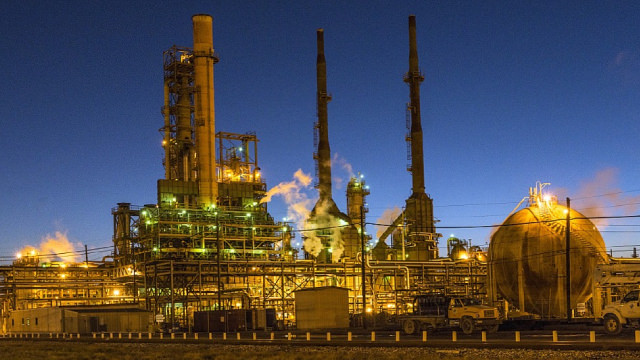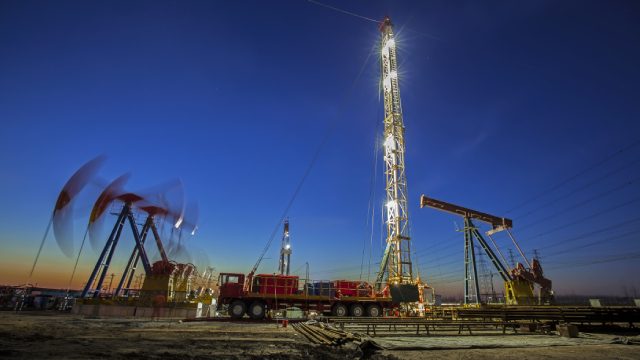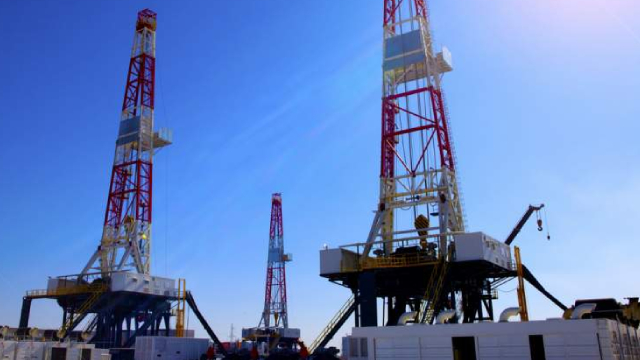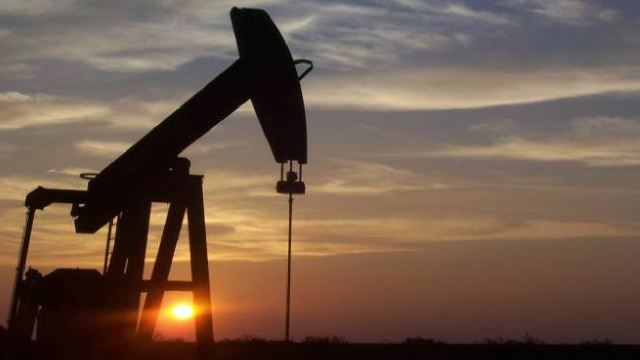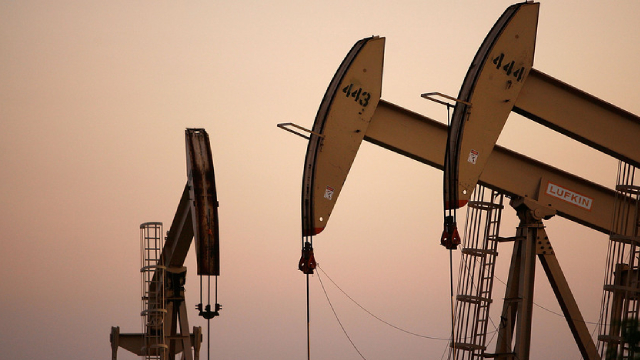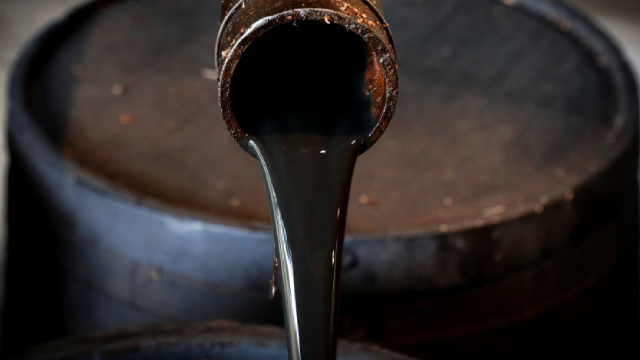KMI Stock Recent News
KMI LATEST HEADLINES
When deciding whether to buy, sell, or hold a stock, investors often rely on analyst recommendations. Media reports about rating changes by these brokerage-firm-employed (or sell-side) analysts often influence a stock's price, but are they really important?
Recently, Zacks.com users have been paying close attention to Kinder Morgan (KMI). This makes it worthwhile to examine what the stock has in store.
The demand for energy continues to grow and as more data centers come online more energy will be needed to power them which is bullish for KMI. KMI is building out over $8 billion worth of infrastructure over the next several years which will be accreditive to its cash from operations and Adjusted EBITDA. As the risk-free rate of return declines KMI's dividend which exceeds 4% and has established a growth trend once again will look attractive as capital flows into the market.
ET and KMI are two strong operators in the midstream space, and continue to provide essential midstream services to their customers.
Dividend-paying stocks tend to be lower-risk investments compared to non-payers. They typically produce more than enough cash to fund their growth, leaving them with excess to return to shareholders via dividends.
If you are looking at Kinder Morgan (KMI 0.26%) and its 4.1% dividend yield, you should also consider Enterprise Products Partners (EPD -0.06%) and its 6.8% distribution yield. But the reason for preferring Enterprise over Kinder Morgan is only partly to do with the yield, particularly if you are a dividend-focused investor.
KMI stock surged 45.4% in a year, fueled by stable cash flows, long-term gas contracts, and a rising earnings outlook for 2025.
Kinder Morgan (KMI) reached $28.89 at the closing of the latest trading day, reflecting a +2.05% change compared to its last close.
Let's talk about oil and gold dividends. Whether or not the new peace in the Middle East holds, there are some high-quality dividends worth owning anytime.
ENB edges out KMI with more insulated cash flows, stronger dividends and long-term growth visibility through 2030.
